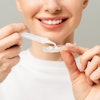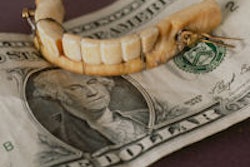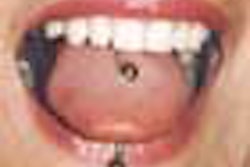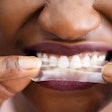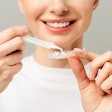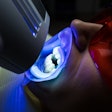Adolescents who sought orthodontic treatment had more severe malocclusions and aesthetic impairments and had worse oral health quality of life (OHQOL) than peers who did not seek orthodontic treatment, according to a study in the American Journal of Orthodontics and Dentofacial Orthopedics (August 2010, Vol. 138:2, pp. 152-159).
Researchers from Rio de Janeiro State University and University of Washington assessed the OHQOL in 225 adolescents (12-15 years old) who sought orthodontic treatment. Of these, 101 had sought orthodontic treatment at a university clinic (orthodontic group), and 124 had never undergone or sought orthodontic treatment (comparison group).
Simple and multiple logistic regression analysis showed that those who sought orthodontic treatment reported worse OHQOL than did the subjects in the comparison group (p < 0.001). They also had more severe malocclusions as shown by the index of orthodontic treatment need (p = 0.003) and greater aesthetic impairment, both when analyzed professionally (p = 0.008) and by self-perception (p < 0.0001). No sex differences were observed in quality of life impacts (p = 0.22). However, when the orthodontic group was separately evaluated, the girls reported significantly worse impacts (p = 0.05). After controlling for confounding (dental caries status, aesthetic impairment, and malocclusion severity), those who sought orthodontic treatment were 3.1 times more likely to have worse OHQOL than those in the comparison group.
"Adolescents who sought orthodontic treatment had more severe malocclusions and aesthetic impairments and had worse OHQOL than those who did not seek orthodontic treatment, even though severely compromised aesthetics was a better predictor of worse OHQOL than seeking orthodontic treatment," the researchers concluded.
Copyright © 2010 DrBicuspid.com

